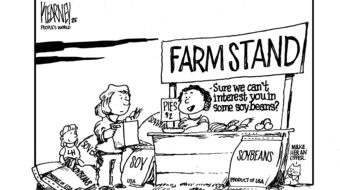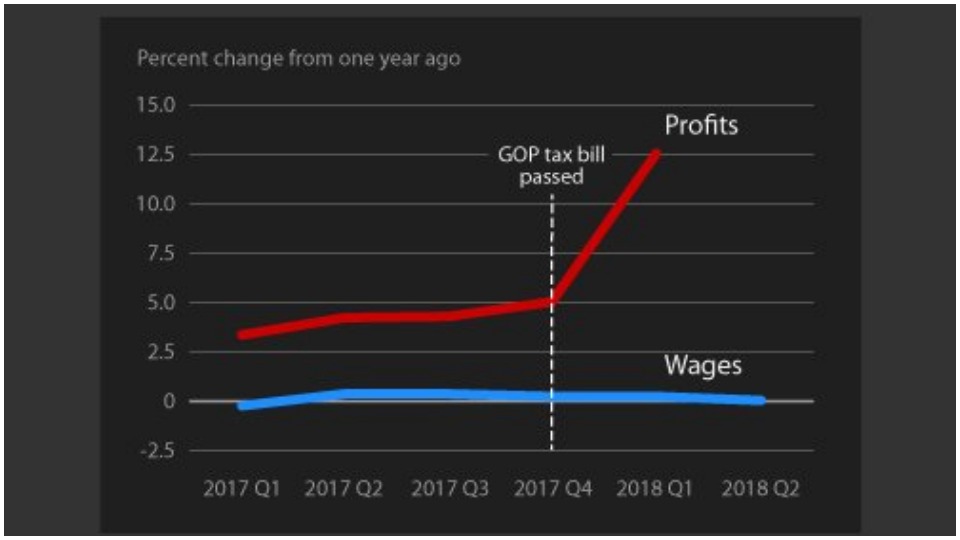
A recession is coming, sooner or later. Once it hits, we can expect articles bemoaning the fact that working people didn’t build-up their savings during this record expansion to help them through the hard times. If only they had pinched pennies here and there, skipped a new TV or smart phone, they could have generated some capital that could have been invested… Ah the missed opportunities.
Of course, the reality is quite different. One reason is that the current so-called good times have not been very good for working people. For example, as Jonathan Spicer points out, “the rise in median expenditures has outpaced before-tax income for the lower 40 percent of earners in the five years to mid-2017 while the upper half has increased its financial cushion, deepening income disparities.” In other words, a significant percentage of workers have had to run down their savings or borrow to survive; wealth accumulation has been out of the question.
The bootstrap theory of success
The notion that under capitalism each individual has the ability, without outside help, to “pull themselves up by their bootstraps,” has a powerful hold on popular consciousness. And, its message of self-reliance and individual responsibility serves capitalist interests well by deflecting attention away from the systemic causes of current economic problems.
The irony is that the phrase itself originally referred to something that was physically impossible to achieve. As Caroline Bologna explains:
The concept is simple: To pull yourself up by your bootstraps means to succeed or elevate yourself without any outside help. But when you examine this expression and its current meaning, it doesn’t seem to make much sense.
To pull yourself up by your bootstraps is actually physically impossible. In fact, the original meaning of the phrase was more along the lines of “to try to do something completely absurd.”
Etymologist Barry Popik and linguist and lexicographer Ben Zimmer have cited an American newspaper snippet from Sept. 30, 1834 as the earliest published reference to lifting oneself up by one’s bootstraps. A month earlier, a man named Nimrod Murphree announced in the Nashville Banner that he had “discovered perpetual motion.” The Mobile Advertiser picked up this tidbit and published it with a snarky response ridiculing his claim: “Probably Mr. Murphree has succeeded in handing himself over the Cumberland river, or a barn yard fence, by the straps of his boots.”
“Bootstraps were a typical feature of boots that you could pull on in the act of putting your boots on, but of course bootstraps wouldn’t actually help you pull yourself over anything,” Zimmer told HuffPost. “If you pulled on them, it would be physically impossible to get yourself over a fence. The original imagery was something very ludicrous, as opposed to what we mean by it today of being a self-made man.”
Beyond the Murphree example, versions of the phrase appeared in many published texts to describe something ridiculous. Popik has documented several of these examples on his blog.
Leaving aside questions about why the phrase “pulling oneself up by their bootstraps” is no longer used as a way to dismiss an impossibility or absurdity, its original meaning captures capitalist realities far better than does is its current meaning. Quite simply, there are no magical bootstraps that enable working people to “pull themselves up” to economic security and well-being by dint of their own hard work. The problem is that far too many Americans still believe in their existence and thus blame themselves for their economic situation.
The struggles of working Americans
In a Reuters article, Jonathan Spicer illustrates the fact that “behind the headlines of roaring job growth and consumer spending…the boom continues in large part by the poorer half of Americans fleecing their savings and piling up debt.”
The figure below shows the median income for each of five groups of Americans based on their before-tax income.
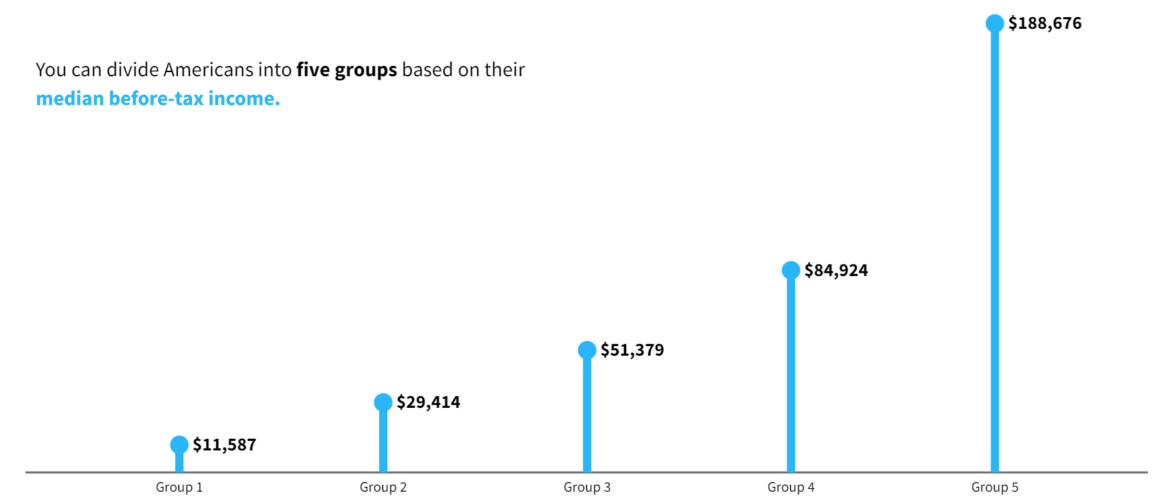
The next figure shows, for 2017, the difference between expenses and pre-tax income for each of the five groups. As one can see, expenses (red circle) outstrip income (blue circle) for the bottom two groups or 40 percent of the population. Those in the third group are barely keeping their heads above water.
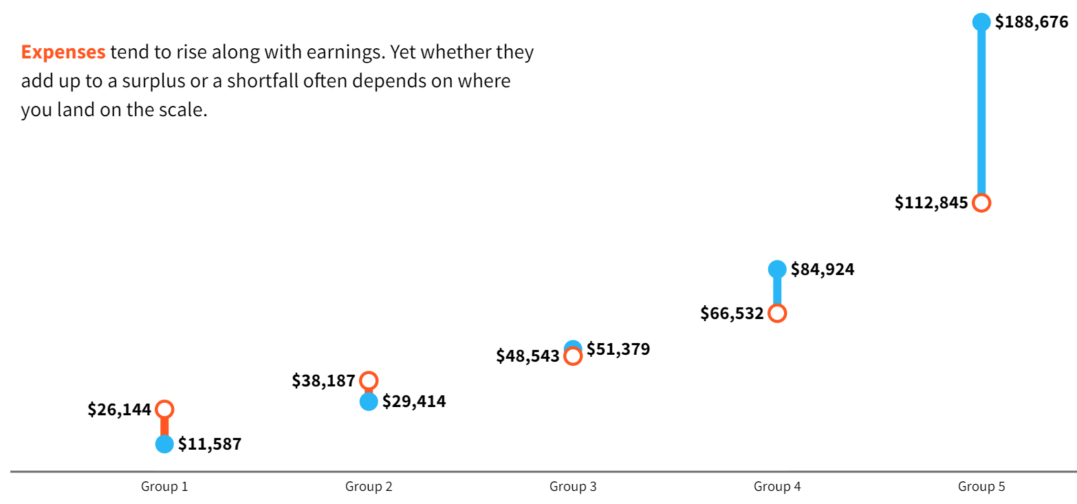
The last figure below shows that 2017 was no aberration. Despite the longest expansion in post-war U.S. history, most Americans are struggling to meet expenses. As Spicer comments, “lower-earners have been sinking deeper into red over the last five years.”
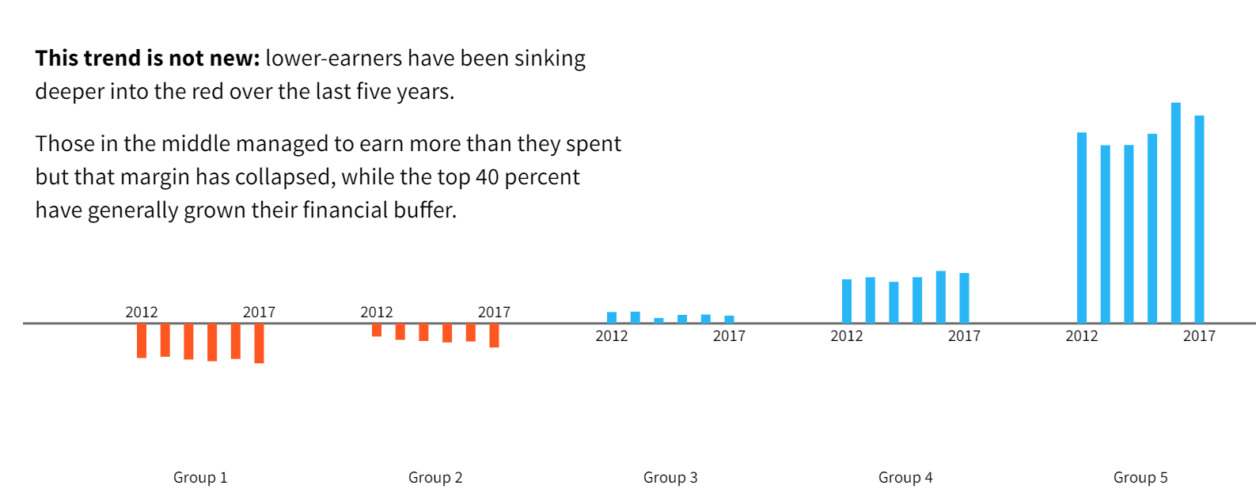
It is no wonder that the Federal Reserve, in its Report on the Economic Well-Being of U.S. Households in 2017, found that forty percent of American adults don’t have enough savings to cover a $400 emergency expense such as an unexpected medical bill, car problem, or home repair.
One important reason for these depressing trends is that there has been little growth in wages. And as Jared Bernstein explains in the New York Times, that outcome is largely due to the exercise of class power:
The United States labor market is closing in on full employment in an economic expansion that just began its 10th year, and yet the real hourly wage for the working class has been essentially flat for two years running. Why is that?
Economists ask this question every month when the government reports labor statistics. We repeatedly get solid job growth and lower unemployment, but not much to show for wages. Part of that has to do with inflation, productivity, and remaining slack in the labor market.
But stagnant wages for factory workers and non-managers in the service sector—together they represent 82 percent of the labor force—is mainly the outcome of a long power struggle that workers are losing. Even at a time of low unemployment, their bargaining power is feeble, the weakest I’ve seen in decades. Hostile institutions—the Trump administration, the courts, the corporate sector—are limiting their avenues for demanding higher pay.
It matters how Americans understand their situation and the broader dynamics that shape it. Challenging the ideology that misleads popular understandings, and that includes fanciful notions of what pulling on bootstraps can accomplish, is an important part of the movement building process needed to achieve any meaningful social change.
Reports from the Economic Front





